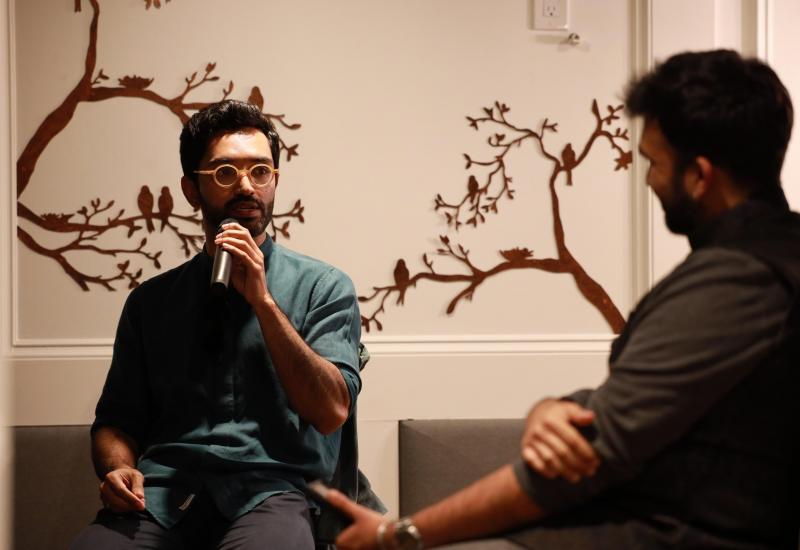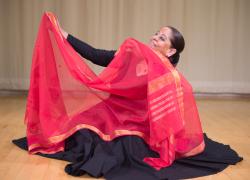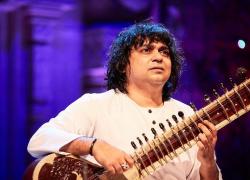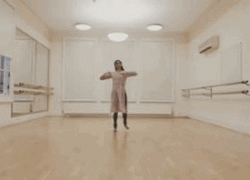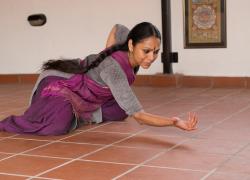From a kathak teacher – teaching strategies
Nikita Thakrar, kathak teacher and performer shares her extensive experience of training children and adults. She has made a full time career teaching dance and a range of disciplines related to wellbeing such as yoga, Reiki, meditation and life coaching from her studio in Slough established in 2011.
In a dance class there may be varying ages, levels and objectives. For example, one group of students might be preparing for an examination and another group for a performance. How can the teacher simultaneously ensure that both groups achieve their targets and that every student in the room feels included? Using the right strategy at the right time is key. Here are some examples:
Differentiation is ideal when people have different things that they need to work on. For example, I may give one student a specific composition to practice and another student another composition to do side by side. This not only means they would be working on the pieces that they need to, but they would also be developing awareness, of not getting distracted by the person next to them.
Using props and resources is useful for all age groups. I recall my early days of learning dance when my teacher would give me a yoga block to put between my legs when practicing keeping my body upright during spins. I often show my students videos of other dancers and give them handouts with theoretical notes.
Spot the difference is good for showing younger children the contrast between correct and incorrect technique, i.e. how it should and should not look. They usually laugh when I show them a bad posture, as I let my body go floppy and make a funny face. This strategy is also useful for older students to show them subtle details and nuances in dance. I usually use it when demonstrating a dynamic, for example bending into a movement and then not bending as much.
Repetition is the most popular tool that we use in all classes for all levels. This is sadly one of the reasons that many people end up leaving classical dance, because they find too much repetition tedious. However, it is necessary for developing a strong foundation by revising the basic techniques into the body’s muscle memory.
Problem solving and creativity is a great way to encourage teamwork and for individuals to broaden their imagination. I often ask pairs to work together and either practice a piece or create something new. I find that they end up learning from each other in this process and the class becomes more enjoyable. I have seen students who are not very motivated in dance accelerate after short interactions with a highly motivated student.
Imagery works well with younger children who like to visualise things, for example when lengthening their arm outwards, I might say “imagine you are reaching for a chocolate cake.” It is then no surprise that they suddenly extend their arm and have a big smile on their face!
Verbal instructions are better suited to older children and adults. I find that young kids prefer to just follow along whereas adults like things to be articulated, sometimes a bit too much to the point where they can overthink a movement.
Learning by watching is arguably the most powerful of all. This is the best way to learn; by observing. I cannot emphasise enough the importance of watching dance - both good and bad, correct and incorrect. We are fortunate to have a portal of resource at our disposal, through YouTube videos online. However it is equally important to go and see live performances, to witness the artists’ emotions and be part of their journey is a profound experience.
Finally, amongst all ages and levels I implement positive reinforcement. Having learnt myself in a strict setting, I know what it is like to crave a compliment from your teacher. Over the years, I have seen a number of students get disheartened and leave dance because they feel they are underachieving. To prevent this, I give rewards to students, such as stickers to the younger ones and incentives to the older ones. I believe in striking a fine balance between giving feedback in a constructive way and positively empowering them. I see some parents praising their child in order to encourage them, and I see others being harsh even if the child is trying their best. Finding a halfway point is key, to motivate them and ultimately encourage them to be objective about their own progress.
How do I know which strategy to use at what time? I don't. It is trial and error. Sometimes I get it right and sometimes I don't. I have found that when I go with the flow and use my intuition, I am more likely to tap into the student’s needs. I draw on visual, auditory, and kinaesthetic methods to ensure that everyone is able to learn in the way that suits them.
I recall during my training, that I always wanted to write things down, for example right leg, left leg, look to the corner etc but my teacher did not let me. Instead, she told me to simply remember it. This was debilitating and slowed me down. Thankfully I used my break times to make notes and I found that I was much more able to retain the details when I had them written down in front of me. Whereas now I give my students the option to write things down and some of them reply “I would rather just do it again and again until I get it”.
Everyone has such different ways of learning and finding your own way can be a game changer. One of the things I like the most about group classes is that we all learn from each other. By watching and listening to our peers we pick up on things which we may not if we are alone with a teacher. Most of my training was done privately and although it is fantastic to be able to have hands on corrections in the moment, I do feel that I missed out on the social interaction and most importantly learning from others.
I now try to encourage my students to collaborate, through pairing up with somebody else in the group to practice with outside of lessons and call on for support. If taken in the right way, dance can be a holistic journey of increasing self-awareness and overall personality development.
Nikita Thakrar has been teaching Kathak dance in Berkshire since 2005. She runs the DNC Dance & Yoga studio in Slough, a school dedicated to empowering children, teenagers and adults through a holistic approach. www.dncstudio.com








